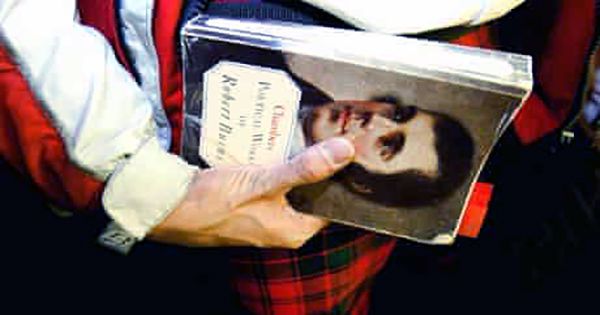Original manuscripts of Robert Burns’ poems sold for £90,000 (£120,000), attracting a deceptively attractive prospect. Analytical chemistry has long provided a way to detect infallible nets but has now made it possible to detect high-resolution mass spectrometry forgeries that were previously very difficult to detect.
The same strategy can confirm or refute the veracity of many other historical documents and works of art. Barnes made a remarkable work in his 3 years, but within a century of his death in 1996, it really carried Barnes’s poetry and was overwhelmed by two manuscripts written by others. Many of these were produced in the 1880s by Alexander Howland Smith, whose imitations of Burns’ handwriting fooled most of his contemporaries. Smith went to jail for selling counterfeit, but by then many had started circulating and still came up for auction as the real thing.
Some fake isotopes have been identified to determine the age of content created using dating. However, modern forgers often stay on it. Even Smith, who must not know about radiocarbon dating, often used blank pages from old books to confuse his contemporaries (other times he simply dipped his products into a tea to give it an older look).
James Newton of the University of Glasgow applied infusion nanospray mass spectrometry to both paper and ink from confirmed burn roots and compared them to work from Smith. The amount of material required for these is so small and they do not cause any significant damage to the manuscript – unlike thin layer chromatography and liquid chromatography, the conventional techniques used to verify the authenticity of the ink are techniques.
Newton describes how he identified at least some of the chemicals present in Burns’ manuscript and was missing from Smith’s forgery, In Scientific Reports. The importance of this work extends beyond the willingness of the eminent poet to give a small fortune for handwriting.
The paper points out, “Documents Historical documents can be significant in many cases.” “For example, they can give insights into the opinions of top people who have a profound influence on society. In some cases they may be of legal importance, owning land or valuable property.”
Burns work is valued both for his influence in romantic poetry and for his position among Scots at home and abroad. Burns night held on his birthday has become the second Scottish national day. An attempt to estimate the value of Barnes’ legacy in the Scottish economy brought the figure to £157 million (£207 million) a year a decade ago, and a small portion of it was influenced by fraud, but he was the only figure whose works were inspired by such imitations.















